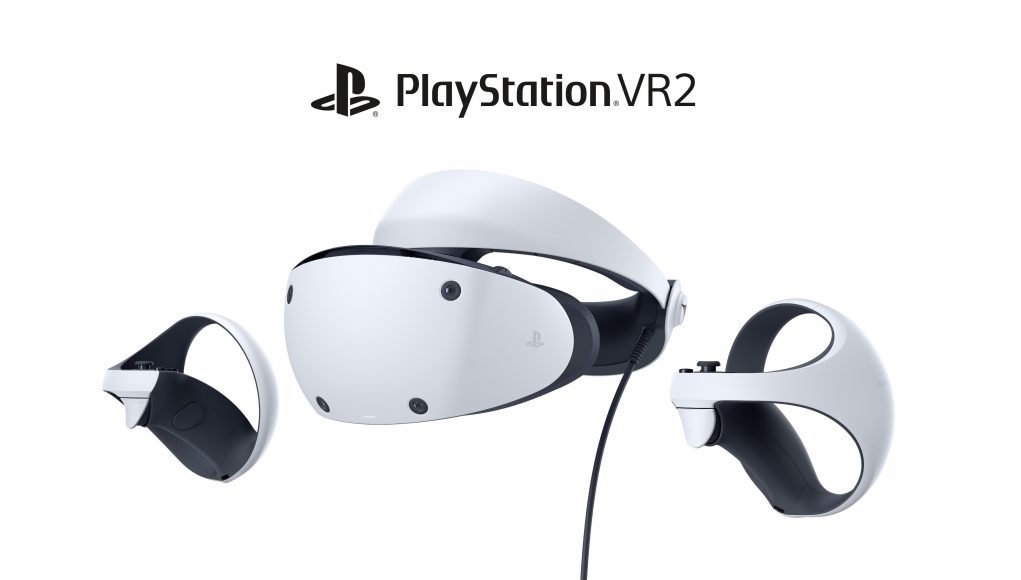Today, on the one year anniversary of the release of PSVR 2, Sony announced it’s testing PC VR compatibility for PSVR 2, with plans to release some form of PC support for the headset this year.
In a blog post commemorating the one year anniversary of PSVR 2, Sony highlighted upcoming content soon to launch on the headset. But hidden away in that post was a statement we weren’t expecting:
“Also, we’re pleased to share that we are currently testing the ability for PSVR 2 players to access additional games on PC to offer even more game variety in addition to the PSVR 2 titles available through PS5. We hope to make this support available in 2024, so stay tuned for more updates,” the company said.
Fans of PSVR 1 and PSVR 2 have been asking for PC VR support for years, so why now?
Well, it will surely be argued that Sony is simply following its trend of embracing a cross-platform audience. The company has brought some of its biggest franchises—like God of War and Horizon—to PC, and on Steam of all places. But we’ve got a strong feeling this move is about something more than that.
It seems Sony is acknowledging (and attempting to dampen) the feeling of many that PSVR 2 just doesn’t have a particularly exciting game catalogue right now. The majority of the PSVR 2 content library is already available on other headsets (and in many cases has been for some time), while the bulk of the platform’s exclusive content consists of VR ports of non-VR titles, which lack the same appeal as built-for-VR content. PSVR 2 is also missing lots of ‘non-game’ VR content—like art tools, immersive videos, and ‘edutainment’ content—as well as key social VR platforms like VRChat and Rec Room.
The original PSVR had built up a respectable catalogue and enjoyed a handful of acclaimed exclusive VR titles from first-party Sony studios. But without backwards compatibility, that library was completely abandoned with the release of PSVR 2. And since its release, PSVR 2 seemingly hasn’t been backed by the company with the same level of enthusiasm or investment in content.
We’re glad PSVR 2 will support PC VR content. That’s great for consumers, and for people who already own both a PS5 and a gaming PC, it’ll make PSVR 2 a more compelling choice for a VR headset. But it’s not exactly a proper fix for the real issue facing the headset. The $550 headset already requires a $500 PS5 to use… and if owners want to use it for PC VR content, they’ll need a ~$1,000 gaming PC too.
The only real fix is much more aggressive content curation and investment for the PSVR 2 library, including real support from first-party studios.
– – — – –
So let’s talk about the technical details… or the lack thereof. Sony’s statement about PSVR 2 support for PC is vague at best. It’s also somewhat strangely worded (but we hope that’s not to hide and weird caveats). Here’s some key things we don’t yet know:
- Is this ‘direct’ support (ie: PSVR 2 plugs directly into a PC)? Or will it be a streaming solution that still requires a PS5?
- Will it support SteamVR, OpenVR, and/or OpenXR?
We’ve reached out to Sony for clarification.







